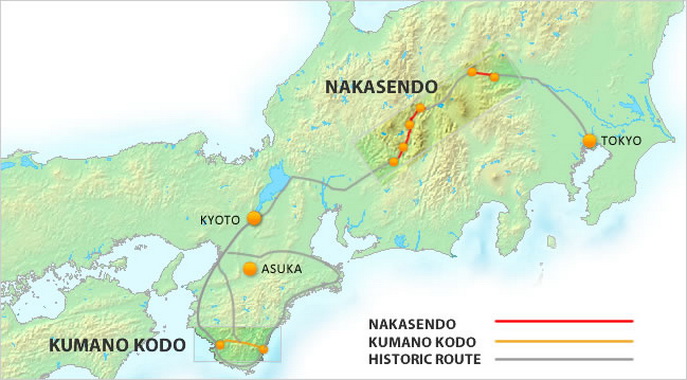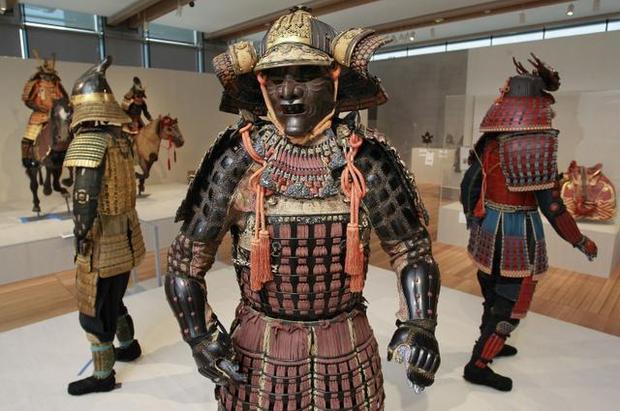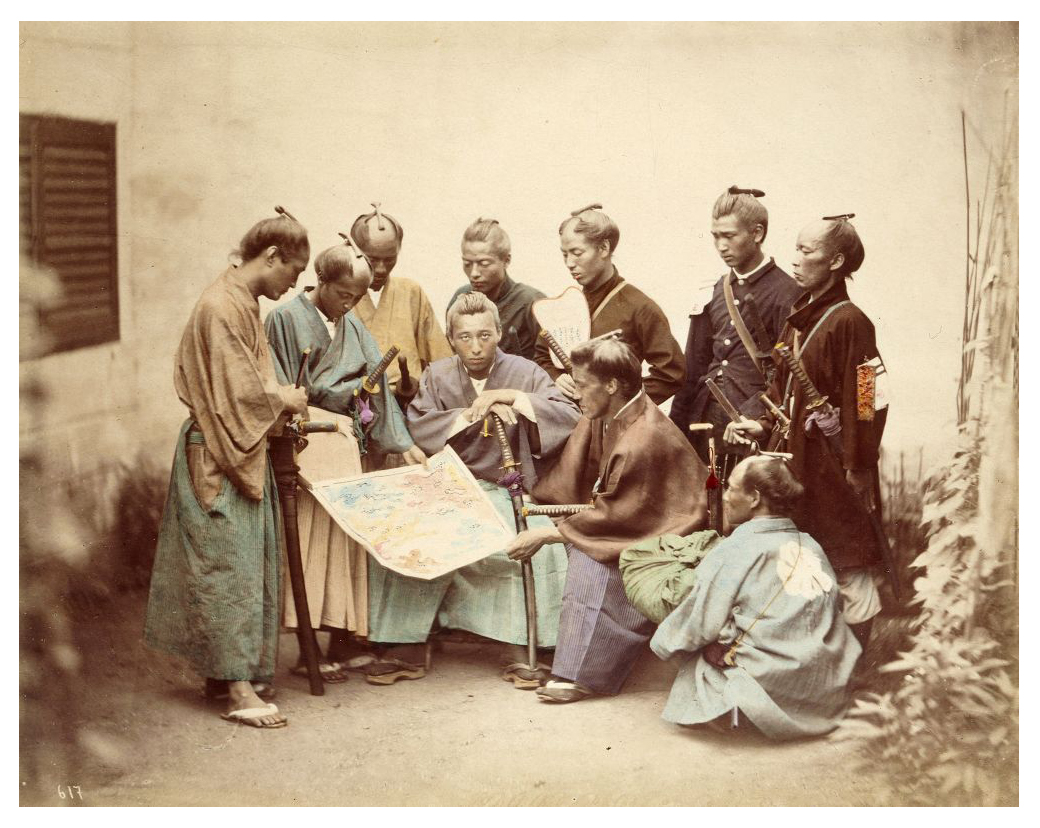The Nakasendo
Nakasendo (中山道) literally, Central Mountain Way, this is the ancient route, a string of 69 towns stretching between two great cities in Edo Period Japan, was developed and maintained by the imperial government for facile communications with the 300 daimyo regional leaders. Thus, news, official instructions, official visits and much of the trade passed along this route during and since the Edo period.

The samurai, the elite swordsman-warrior ruling class of people traveled this route between the capital in Edo and the former capital in Kyoto, along with the Tokaido (East Sea Route) during the heyday of the Edo period.
The Edo Period
The Edo period in Japan begins after the Battle of Sekigahara, in 1603 with the Tokogawa Shoganate victory unifying Japan. This was essentially the last purely military conquest on the four main islands of Japan, until WWII brought an occupation of US Forces. The Meiji restoration, which began in 1868, was almost bloodless, compared to the battle of Sekigahara, in which 300,000 troops essentially engaged in hand to hand combat with 30,000 casualties. The Nakasendo passes the battleground of the Sekigahara, although we will not see it today, it is closer to Kyoto.
Japan has typically been dominated by family bonds of power. There is scarcely a time in its 2500 year history when families or clans did not wield power over long stretches of time and space.
During the Edo Period, the Tokogawa Shoganate led Japan into a prolonged a period of peace, isolation, economic growth that lasted for over 265 years, from 1603, until the Meiji Restoration in 1868. The Tokogawa Shoganate was essentially the most powerful clan in Japan, ever.
The Samurai Warrior Class
Warriors highly trained in combat arts, equivalent to todays SEALS and Rangers in the USA. These men went into combat dressed in heavy armor that stopped arrows, while wielding a fearsome sword that can decapitate a man with a single blow.

The Samurai also wielded political power in Japan. These samurai warriors were prized for their heads in battle. The equivalent today would be to carry away the head of your political opponent… pick your favorite government official. The samurai defended their power with their swords.
They walked around with big swords, and they were with the government. There is not a more fearsome prospect for the population than an oppressive militaristic government. However, contemporary films and accounts portray the Samurai class as something close to benevolent. As long as one didn’t cross someone in the clan.
After the Edo Period
The advent of the firearm made sword wielding obsolete, and with the Meiji restoration, the swordsmen warrior class fell from power, but not that far. Many samurai were highly educated, and had developed skills like diplomacy, accounting, and farming to a much greater degree than swordsmanship. This story is partially told in the brilliant, award winning film Twilight Samurai, where at the end of the Edo period, the majority of the samurai class were educated and existed in one form or another as bureaucrats.
With the Meiji Restoration, with the laws preventing the wearing of swords in public, and the arming of the peasantry through forced conscription, the Samurai ruling class fell from power.
So what happens when a government dissolves an entire ruling class of people?
Some owned land and went into farming. Some were wealthy and went into business developing the local infrastructure, resources and so on, founding businesses that survive today in Mitsubishi for example.
Some of the ruling class moved towards the black market, owning local businesses off the books, and providing services and pleasures that the government need not to know about. These black marketeers eventually developed into the yakuza class in modern Japan.
Some became ronin, wandering swordsmen looking for work as bodyguards. Made famous in films such as Yojimbo, the famous black and white film by Akira Kurosawa starring Toshiro Mifune. Yojimbo was the model for the spaghetti western movies starring Clint Eastwood and others in the American market.
And of course, some of the warrior class became professional soldiers for the new government, eventually forming the militaristic class that dominated Japan during the reign of Emperor Hirohito in the modern era Showa Period. But that is another story.
In summary, much of what we understand today as examples of Japanese excellence, traces its roots to the Samurai warrior class which dominated Japan for over 600 years. We will walk in their footsteps from Sakamoto to Karuizawa, one of the more challenging passes along the Nakasendo.
This Journey
Traveling four hours by train from Tokyo, we have reached the end of the ShinEtsu line, at Yokokawa Station, literally, East-West River Station. Yokokawa is the closest stop along the Nakasendo to Sakamoto-juku, a small town. Our journey begins here, with a walk to Karuizawa. Following that will be a walking tour of the best preserved Edo period towns of Magome, Tsumago, and Narai in the Kiso valley. Let’s explore 17th Century Japan together.

A Few Cultural Notes
The juku were probably wealthy towns, due to the state largess that flowed from the state, they developed and maintained critical infrastructure for the Japanese Imperial government in Tokyo. Sakamoto–juku with a current population of about 3,000 once hosted four family owned compounds, called honjin, along with 40 other buildings and shops.
Honjin was originally the word for places from which generals directed battles. However, during the Edo period, the word honjin signified government owned temporary lodgings, places where representatives of the ruling warrior class, and used for the convenience of the government and other wealthy travelers. Honjin signified first class.
Today, the word juku in Japanese means private school. Observe how the how the language has evolved: a word that once meant government town gradually came to mean private school, probably the only vestige of state sponsorship in the town.
References:



3 thoughts on “The Nakasendo 中山道”